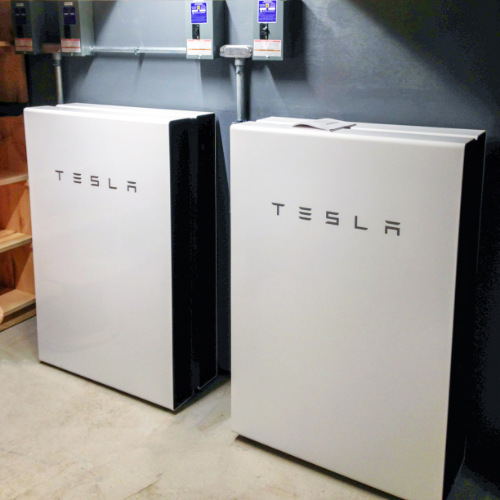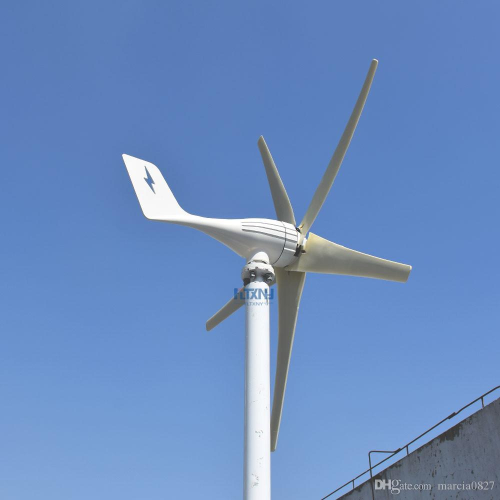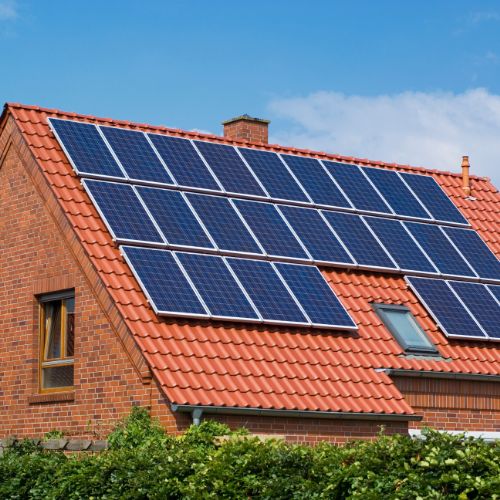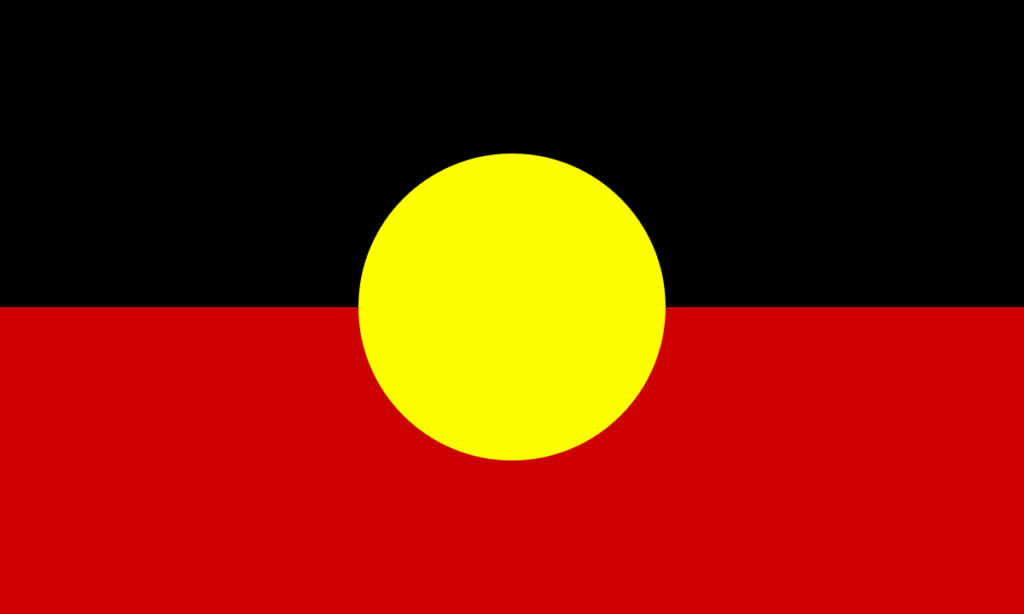POWER
Electricity is generated in various ways. Typically, electricity is generated by burning a fuel source like coal, gas or oil. In 2019, 56% of electricity produced in Australia was created by burning coal. Coal is the dominant energy supplier in the country.
The good news is that renewable energy construction in Australia increased by 50% in 2019.
Solar energy systems convert sunlight into electricity for immediate use, can be sold and distributed back into the community power grid or it can be stored in batteries for later use. This requires absolutely zero fuel, which means it gives off zero emissions. The benefit of this is also the cost savings.
Read More While solar is an investment, they are projected to pay themselves off in energy savings between three and five years after installation, some governments offer tax savings and tariffs as well. Rooftop Solar and PV Batteries. Australia has the highest intake of solar globally, with over 21% of households operating with rooftop solar. That is the equivalent of 2.53 million rooftop solar installations across the country. Solar Sharing is a community orientated concept. Essentially members of a community, even those without the space, property or rooftops necessary to install their own solar units, can invest together to own their own large scale solar initiative. These solar sharing projects provide everyone the energy they need now plus the ability to transfer the electricity to future houses, wherever they go. The idea is to bring a community together for a common goal of sustainable energy. We all need it and use it, and what better way to share energy than by making it accessible to everyone in a community, even those without their own homes. Solar hot water, or solar geysers use the suns thermal energy properties to heat water. Traditionally this would be heated using electricity or gas in a hot water systems. With a solar system the unit is usually mounted on a rooftop and water passes through glass tubes that are exposed to the sun’s rays, the thermal energy is transferred to the water and circulated into a holding tank ready for use. Micro Wind Generators Wind turbines are incredible structures that use the power of the wind to turn internal generators that produce electricity and can be stored. The installation of wind turbine infrastructure is an expensive option but generates affordable power once going. Wind projects are usually government or business enterprises and there are also many regulations that come into the picture when developing a wind farm or turbine project. Read Less




Power




Electricity is generated in various ways. Typically, electricity is generated by burning a fuel source like coal, gas or oil. In 2019, 56% of electricity produced in Australia was created by burning coal. Coal is the dominant energy supplier in the country.
The good news is that renewable energy construction in Australia increased by 50% in 2019.
Solar energy systems convert sunlight into electricity for immediate use, can be sold and distributed back into the community power grid or it can be stored in batteries for later use. This requires absolutely zero fuel, which means it gives off zero emissions. The benefit of this is also the cost savings.
Read More
While solar is an investment, they are projected to pay themselves off in energy savings between three and five years after installation, some governments offer tax savings and tariffs as well.
Rooftop Solar and PV Batteries.
Australia has the highest intake of solar globally, with over 21% of households operating with rooftop solar. That is the equivalent of 2.53 million rooftop solar installations across the country.
Solar Sharing is a community orientated concept. Essentially members of a community, even those without the space, property or rooftops necessary to install their own solar units, can invest together to own their own large scale solar initiative. These solar sharing projects provide everyone the energy they need now plus the ability to transfer the electricity to future houses, wherever they go.
The idea is to bring a community together for a common goal of sustainable energy. We all need it and use it, and what better way to share energy than by making it accessible to everyone in a community, even those without their own homes.
Solar hot water, or solar geysers use the suns thermal energy properties to heat water. Traditionally this would be heated using electricity or gas in a hot water systems. With a solar system the unit is usually mounted on a rooftop and water passes through glass tubes that are exposed to the sun’s rays, the thermal energy is transferred to the water and circulated into a holding tank ready for use.
Micro Wind Generators
Wind turbines are incredible structures that use the power of the wind to turn internal generators that produce electricity and can be stored. The installation of wind turbine infrastructure is an expensive option but generates affordable power once going. Wind projects are usually government or business enterprises and there are also many regulations that come into the picture when developing a wind farm or turbine project.
Read Less

Carbon Offset Advisory acknowledges the traditional owners and custodians of country throughout Australia and acknowledges their continuing connection to land, water and community.
We pay our respects to the people, the cultures and the elders past, present and emerging.

